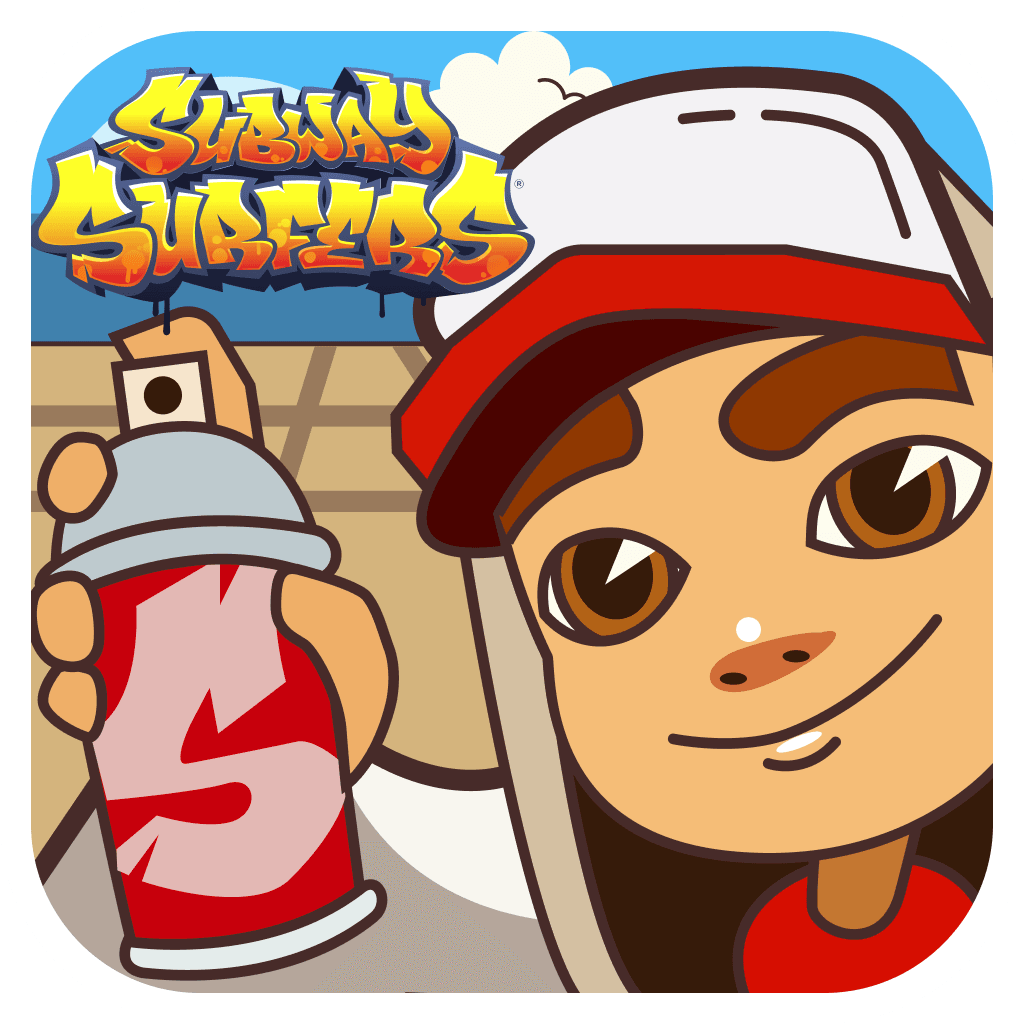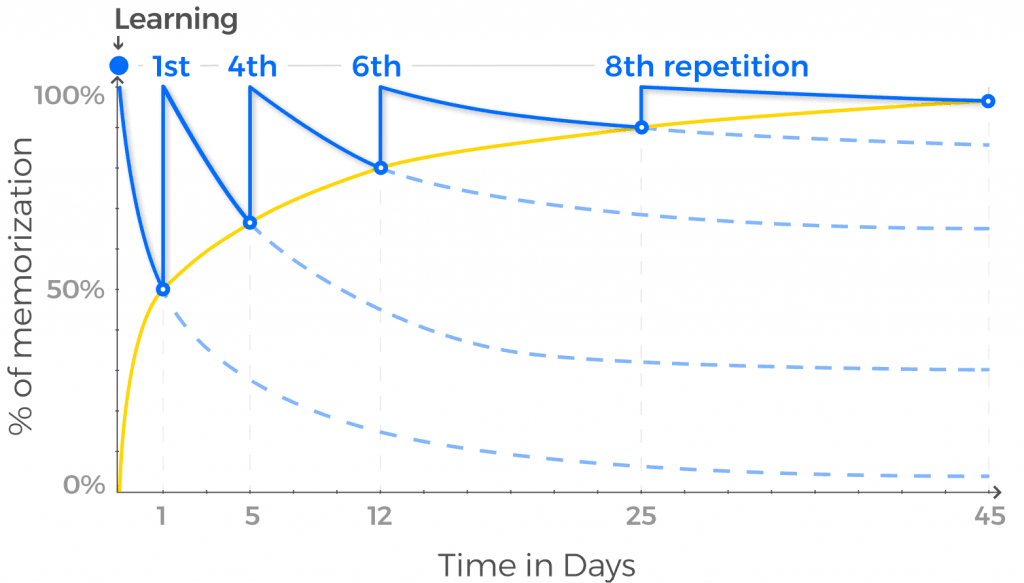

Learning a new language can be both exciting and challenging. With the rise of technology and mobile apps, language acquisition has become more accessible than ever. Let’s explore this topic in more detail with Subway Surfers below, a popular mobile game that has inspired many language learning apps to incorporate gamification elements to make the process more engaging and fun. In this article, we’ll delve into the Spaced Repetition System (SRS) and how it can revolutionize your vocabulary learning experience.
The Spaced Repetition System (SRS) is a powerful learning technique that optimizes the review process of newly acquired information. It is based on the psychological spacing effect, which suggests that we learn and retain information more effectively when we space out our study sessions over time. This method is particularly effective for language learners who want to expand their vocabulary rapidly and efficiently.
At its core, SRS works by presenting learners with new vocabulary items at increasingly longer intervals. For example, you might first review a new word after one day, then after three days, then after a week, and so on. This spacing helps to reinforce the information in your long-term memory, making it easier to recall when needed.
One of the key advantages of SRS is its ability to adapt to your individual learning pace. Words that you find more challenging will be presented more frequently, while those you’ve mastered will appear less often. This personalized approach ensures that you’re always focusing on the most relevant material, maximizing your study time and effort.
Read more: The 5 Most Effective Language Learning Methods Backed by Science
Now that we understand the basics of SRS, let’s explore how to implement this system effectively for vocabulary learning. There are several ways to incorporate SRS into your language learning routine, ranging from low-tech options to sophisticated digital tools.
One of the simplest ways to use SRS is through physical flashcards. Create a set of cards with the target word on one side and its definition, translation, or example sentence on the other. Organize these cards into different boxes or sections based on how well you know them. As you review the cards, move them between sections depending on your performance. This manual method allows for a tactile learning experience and can be particularly effective for kinesthetic learners.
For those who prefer a more tech-savvy approach, numerous digital flashcard apps implement SRS algorithms. These apps, such as Anki, Quizlet, or Memrise, automate the spacing process and provide features like multimedia integration, progress tracking, and syncing across devices. They offer the convenience of studying anywhere, anytime, making them ideal for busy students and professionals.
Many comprehensive language learning platforms, like Duolingo, Babbel, or Rosetta Stone, incorporate SRS principles into their lesson structures. These platforms often gamify the learning experience, similar to how Subway Surfers engages players, making vocabulary acquisition more enjoyable and addictive. They typically offer a mix of reading, writing, listening, and speaking exercises, providing a well-rounded approach to language learning.
While SRS is a powerful tool, its effectiveness can be significantly enhanced by following certain best practices. Here are some strategies to help you make the most of your SRS-based vocabulary learning:
The power of SRS lies in its regular application. Set aside dedicated time each day for your vocabulary review sessions. Even short, frequent sessions are more beneficial than longer, sporadic ones. Consistency helps to reinforce the neural pathways associated with the new words, making them easier to recall over time.
When creating your flashcards or reviewing vocabulary, always include context. Instead of simply memorizing word-for-word translations, use example sentences that demonstrate how the word is used in real-life situations. This approach not only aids in understanding but also helps you remember how to use the word correctly in your own speech and writing.
Mnemonics are memory techniques that can make vocabulary learning more effective and enjoyable. Create vivid mental images, funny stories, or word associations to help you remember new vocabulary. For instance, if you’re learning the Spanish word “biblioteca” (library), you might imagine a bee reading a book. The more unusual or personal the mnemonic, the more likely you are to remember it.
When reviewing your flashcards, don’t just passively read the information. Practice active recall by trying to remember the word or its meaning before flipping the card. This process strengthens the neural connections associated with the vocabulary, making it easier to retrieve the information when you need it in real-life situations.
While SRS is highly effective, it shouldn’t be your only method of vocabulary acquisition. Complement your flashcard reviews with other activities such as reading target language texts, watching movies or TV shows, or engaging in conversation practice. This multi-faceted approach ensures that you’re not just memorizing words in isolation but learning how to use them in context.
As with any learning method, using SRS for vocabulary acquisition comes with its own set of challenges. Being aware of these potential pitfalls and knowing how to address them can significantly improve your learning experience and outcomes.
One common issue with SRS is falling into what’s known as “ease hell,” where certain cards keep appearing frequently because you consistently struggle with them. To avoid this, consider breaking down difficult words into smaller, more manageable components. For instance, if you’re struggling with a complex word, create separate cards for its root, prefix, and suffix. This approach can make the learning process less overwhelming and more effective.
Reviewing flashcards day after day can become monotonous, potentially leading to a loss of motivation. To combat this, try gamifying your learning process. Set daily or weekly goals for the number of cards reviewed or new words learned. Reward yourself when you reach these milestones. You can also use language learning apps that incorporate game-like elements, similar to how Subway Surfers keeps players engaged with its fast-paced, colorful gameplay.
It’s important to strike a balance between reviewing old material and introducing new vocabulary. While it’s tempting to focus on learning new words, neglecting review can lead to forgetting previously learned vocabulary. A good rule of thumb is to spend about 70-80% of your study time on review and 20-30% on new material. This ratio ensures that you’re continuously expanding your vocabulary while reinforcing what you’ve already learned.
When learning vocabulary in a new language, you’ll often encounter words that are similar in meaning or form. This can lead to confusion and mixing up words. To address this, create comparison cards that highlight the differences between similar words. For example, if you’re learning Spanish and struggling to differentiate between “ser” and “estar” (both meaning “to be”), create a card that explains their distinct uses and provides example sentences for each.
While SRS is excellent for memorizing written vocabulary, it’s crucial not to neglect pronunciation. Incorporate audio elements into your flashcards whenever possible. Many digital flashcard apps allow you to add audio recordings to your cards. You can record native speakers pronouncing the words or use text-to-speech technology. Regularly practicing pronunciation alongside written vocabulary ensures a more well-rounded language learning experience.
By addressing these challenges head-on, you can enhance your SRS-based vocabulary learning and make steady progress in your language acquisition journey. Remember, the key to success is persistence and adaptability. Don’t be afraid to adjust your approach as you discover what works best for you.
Read more: Duolingo vs. Traditional Learning: What Actually Works?
The Spaced Repetition System offers a powerful, scientifically-backed method for accelerating vocabulary acquisition in language learning. By systematically reviewing information at optimal intervals, SRS helps learners efficiently move new words and phrases from short-term to long-term memory.